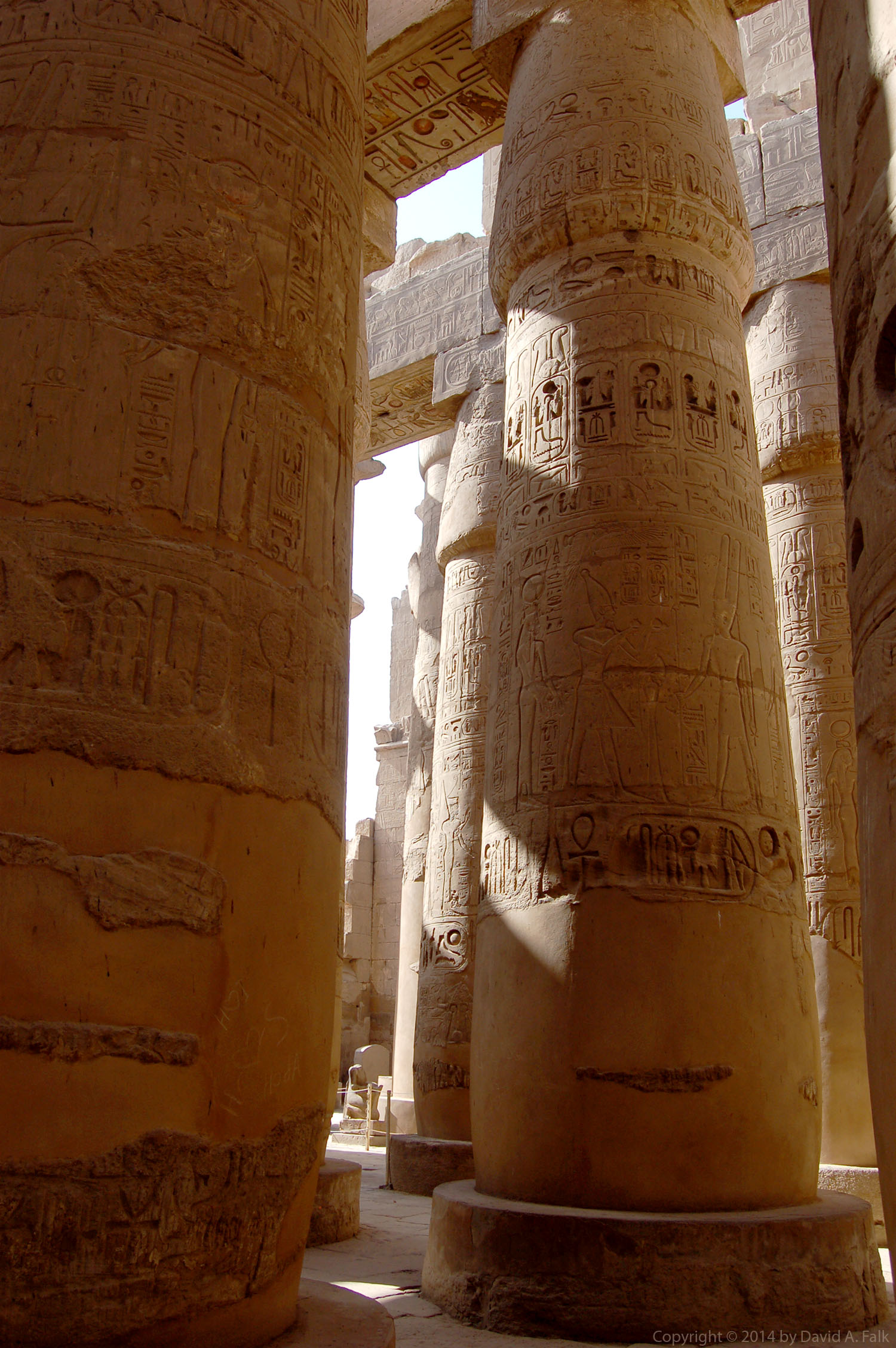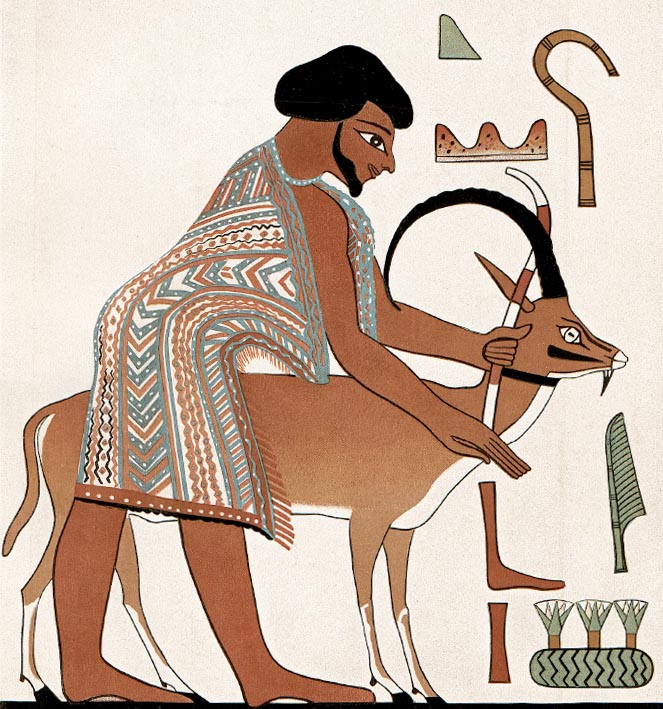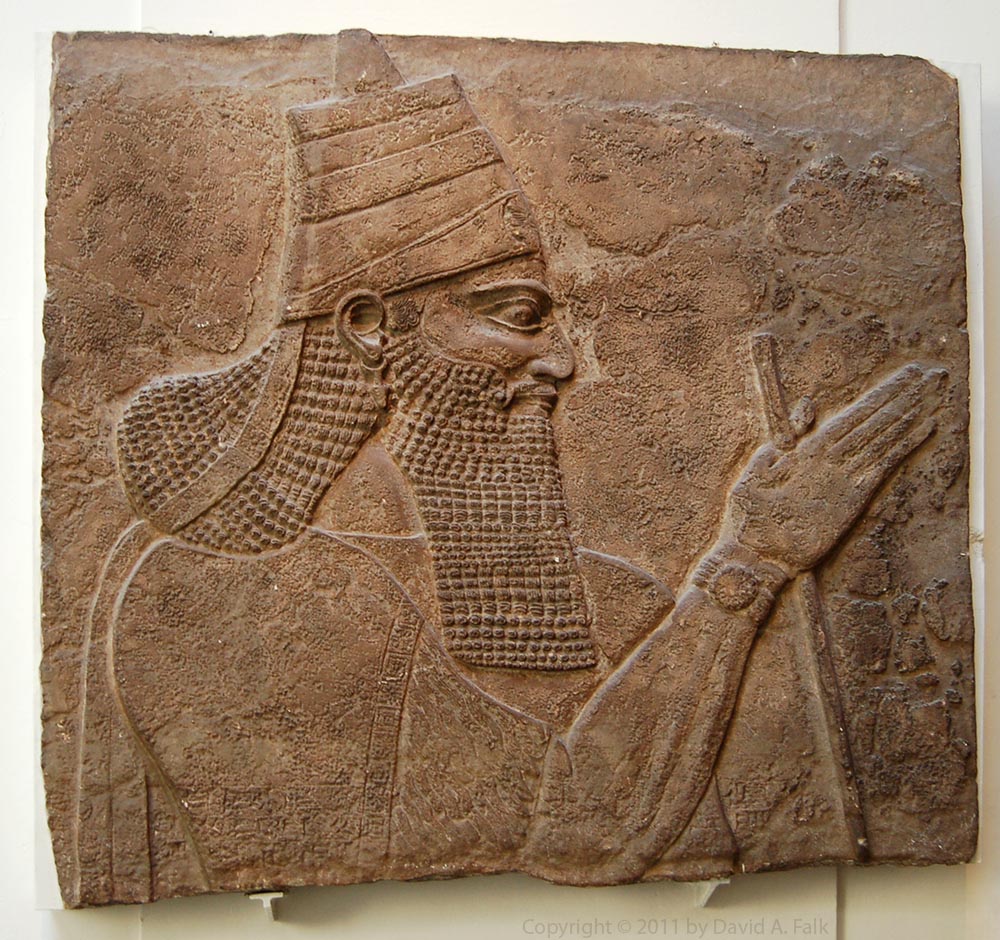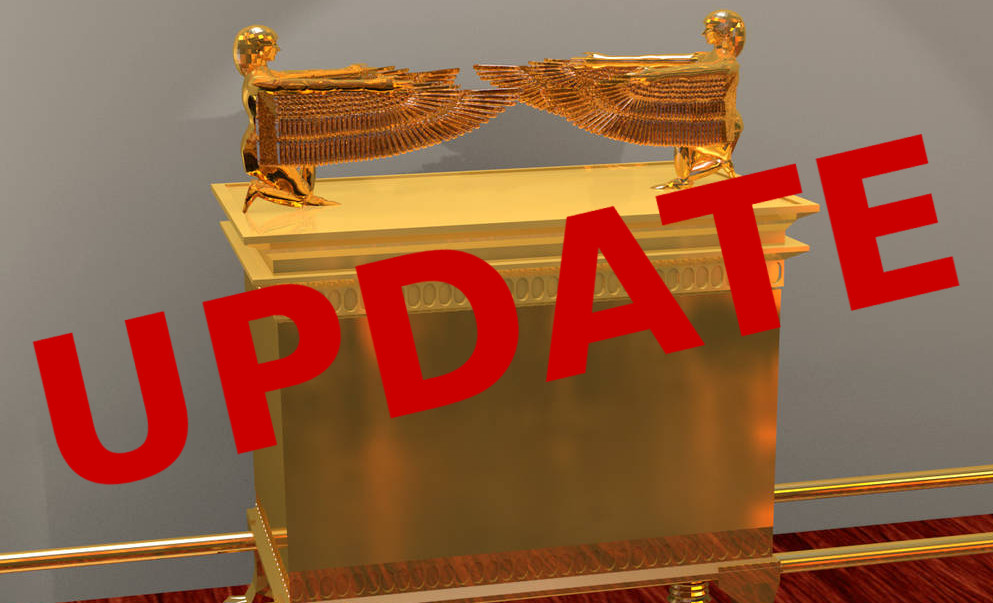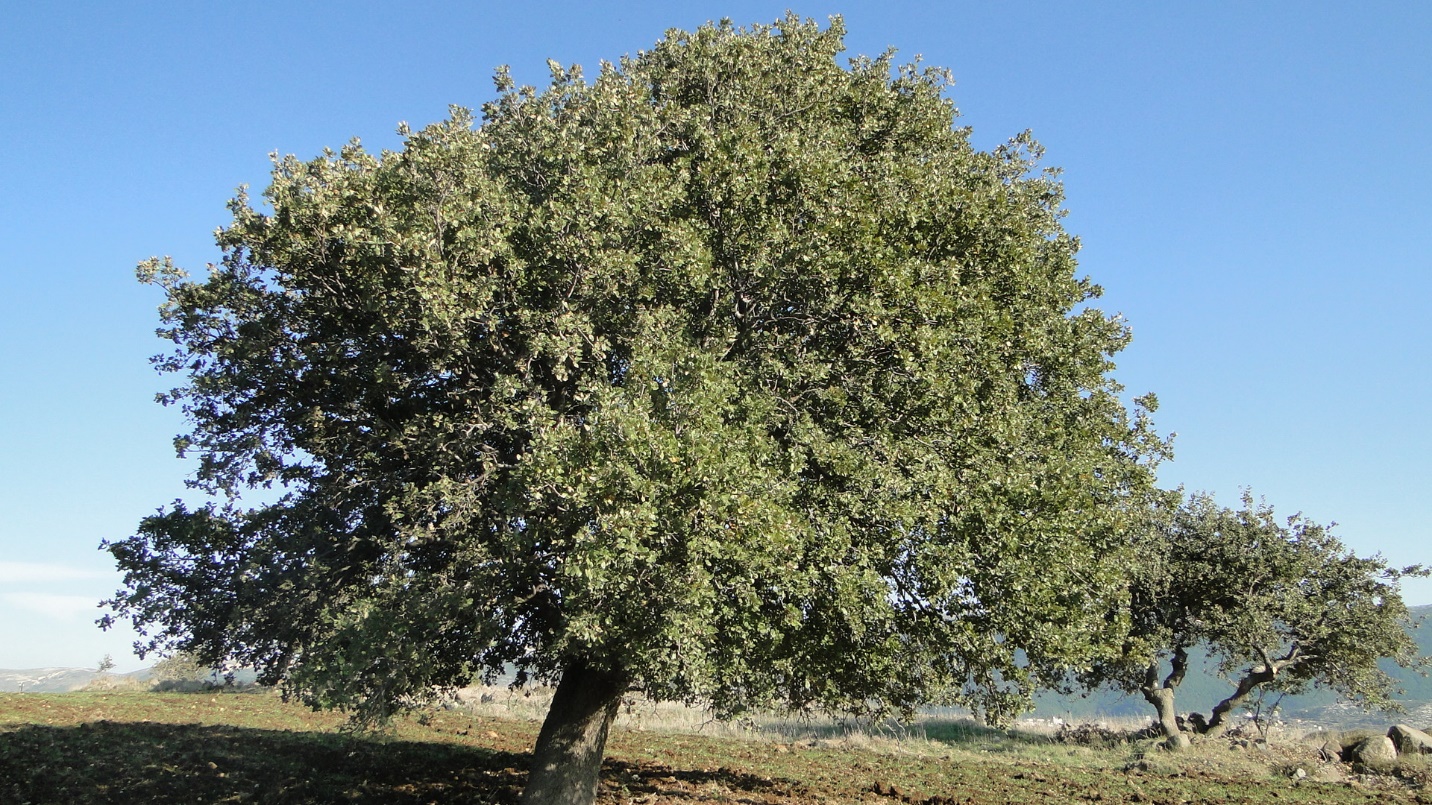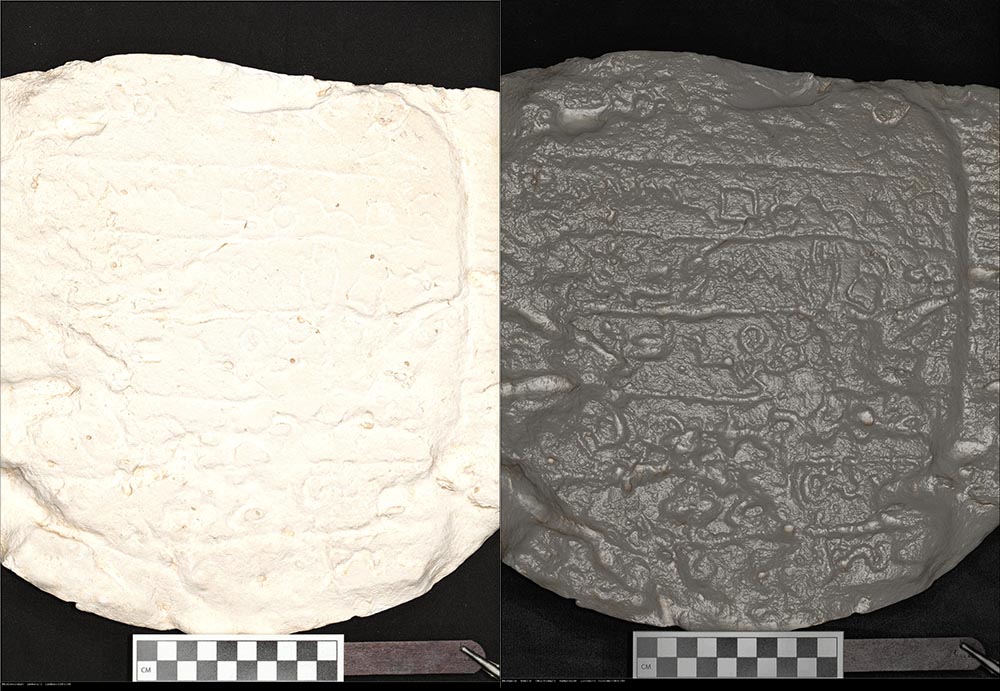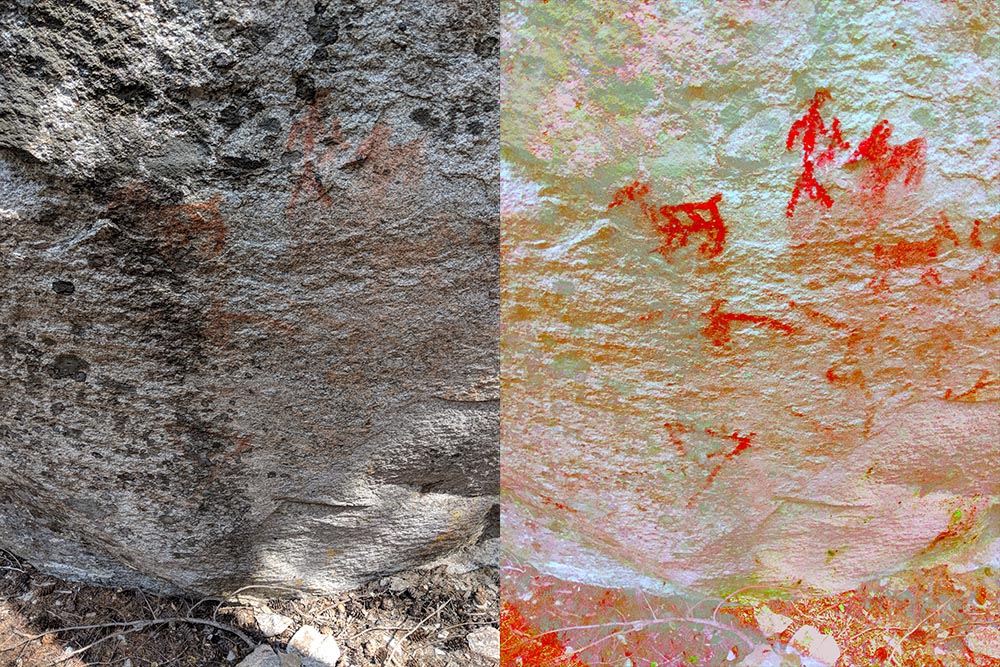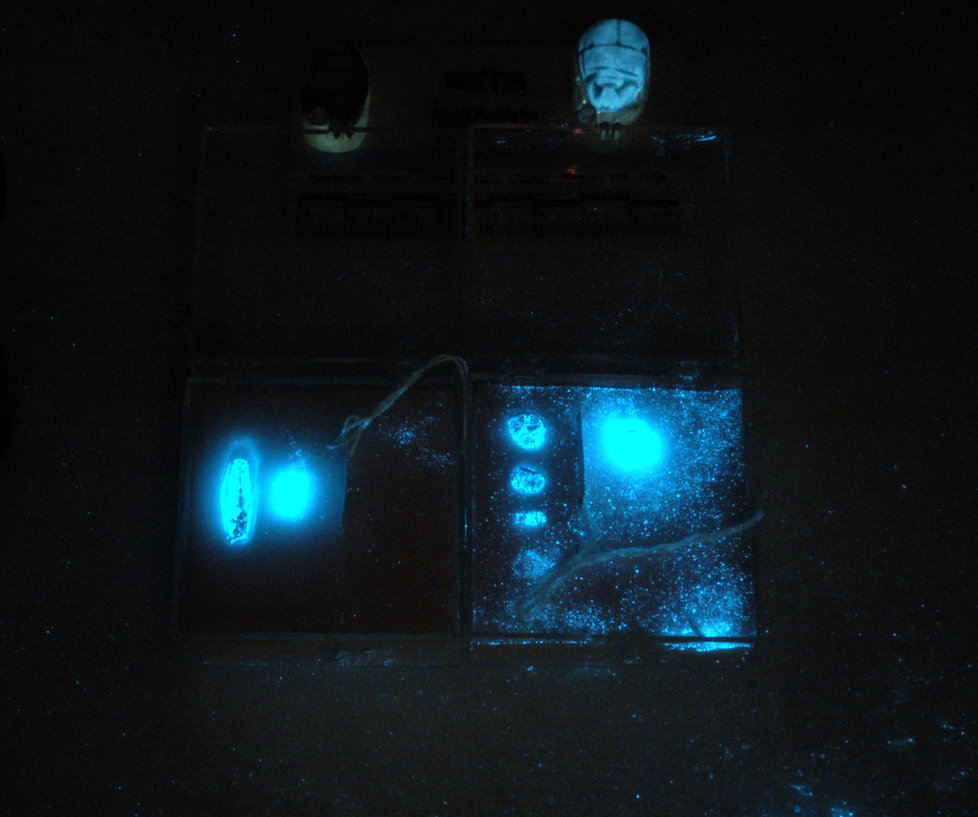Photographs are an important component to being a respected archaeologist. When people come to your lectures, they are not nearly as interested in your rigorous scientific method and seed counts, as they are interested in your stunning photographs. There is an old joke. “What is the difference between a historian and an archaeologist? The archaeologist has pictures.” Like a lot of jokes there is more than a grain of truth to the punch line.
Photographic Needs of the Archaeologist
Most archaeologists who do photography are self-taught. Many are simply handed a camera at a dig and told to take pictures. However, photography is a skill like any other. A skill that can be learned and can be done well or poorly.
In many ways the needs of the archaeology photographer are similar to the needs of the sports photographer. Unlike the average photographer, both sports and archaeology photographers normally ply their craft in low light conditions and need cameras that can do low ISO shots. Both benefit from fast, large aperture lenses. And both often find themselves in situations where tripods and flashes are often impractical or prohibited.
In museums and tombs, an archaeologist may have to take photographs that are good enough for publication but are restricted by extreme low-light environments where tripods and monopods are not permitted. When taking photography in temples, local administrators generally permit flash photography but may charge a hefty tripod “fee” if they see you carrying a tripod.
Sometimes you will have to carry your equipment for a good hike into mountainous terrain. Not all archaeological sites are located conveniently by a shopping mall parking lot. So anything you need, you may have to carry in and out of the camp site. Sure, that all-aluminum Manfrotto tripod is rock solid, but it is also rock heavy especially after a 10 mile hike.
Camera and Lens Recommendations
When it comes to selecting the equipment for doing archaeological photographs, I would recommend that one begins with a good modern camera body. A body that can do 24 megapixals and 25000 ISO is generally sufficient. Whether one chooses a cropped sensor or a full-frame camera depends largely upon personal goals and tastes. And there are advantages and disadvantages to either.
A good selection of lenses is a must. I would recommend 2 low light lenses (a 50mm prime and a 17-50mm telephoto) with an aperture no greater than f/2.8. The 50mm f/1.8 lens is super cheap and one the best general purpose lenses that you can get for your camera. For museum work, I typically use a Sigma 17-50mm f/2.8 EX DC OS lens. While I don’t generally like or trust Sigma lenses–they are heavy, expensive, and unreliable–this particular lenses has been a solid work horse for me.
I would recommend one long telephoto lens. I like the Tamron 70-300mm f/4.0-5.6 SP Di VC lens because it is a good value for the money. This lens has a good reach but is not as crisp as 70-200mm lenses. Nevertheless, a 70-300mm lenses is less than a quarter of the price and can focus in on those reliefs at the tops of the Egyptian pylons. In other words, good enough.
I would also recommend a wide angle rectilinear (not fish-eye) lens. No longer focal length than 17mm for cropped-sensor cameras and 25mm for full-frame cameras. Because of their wide angles of field, these lenses are particularly useful for taking interior photos of small, cramped rooms, such as tombs. I use the Tamron 10-24mm f/3.5-4.5 Di II VC. Wide angle lenses are also wonderful for taking those dreamy shots of the exteriors of monuments–we need more of these photos in archaeology.
Miscellaneous Equipment and Final Thoughts
Additional gear you should consider would be a speedlight off-camera flash with a flash cord–important for taking clear shots of reliefs. A solid, light, travel tripod, preferably made of carbon fiber. A shutter cord–yes, they still make them for DSLRs and they are still useful.
Also consider a good gear backpack to haul all your stuff. I prefer the backpack over the traditional camera bag. When you start accumulating multiple lenses and camera bodies, a traditional camera bag becomes way too awkward and bulky to carry around with you.
Stunning photography and great discoveries keeps archaeologists in the public eye. Many universities will teach you the rigor to make academically sound discoveries. But when it comes to learning photography, you are pretty much on your own. Yet, I’m hoping that this blog will be a helpful resource for those wanting to add photography to their archaeological repertoire.
